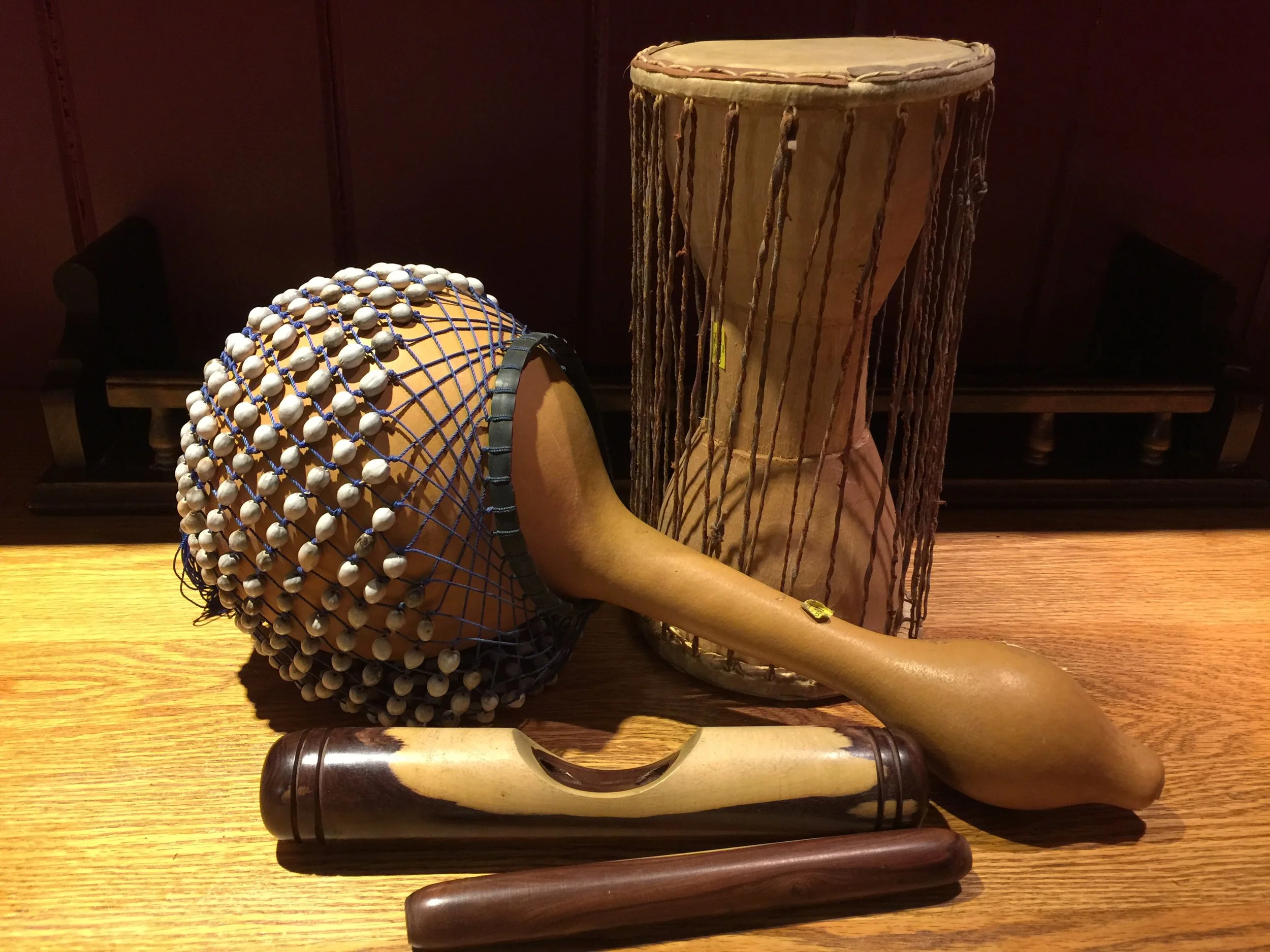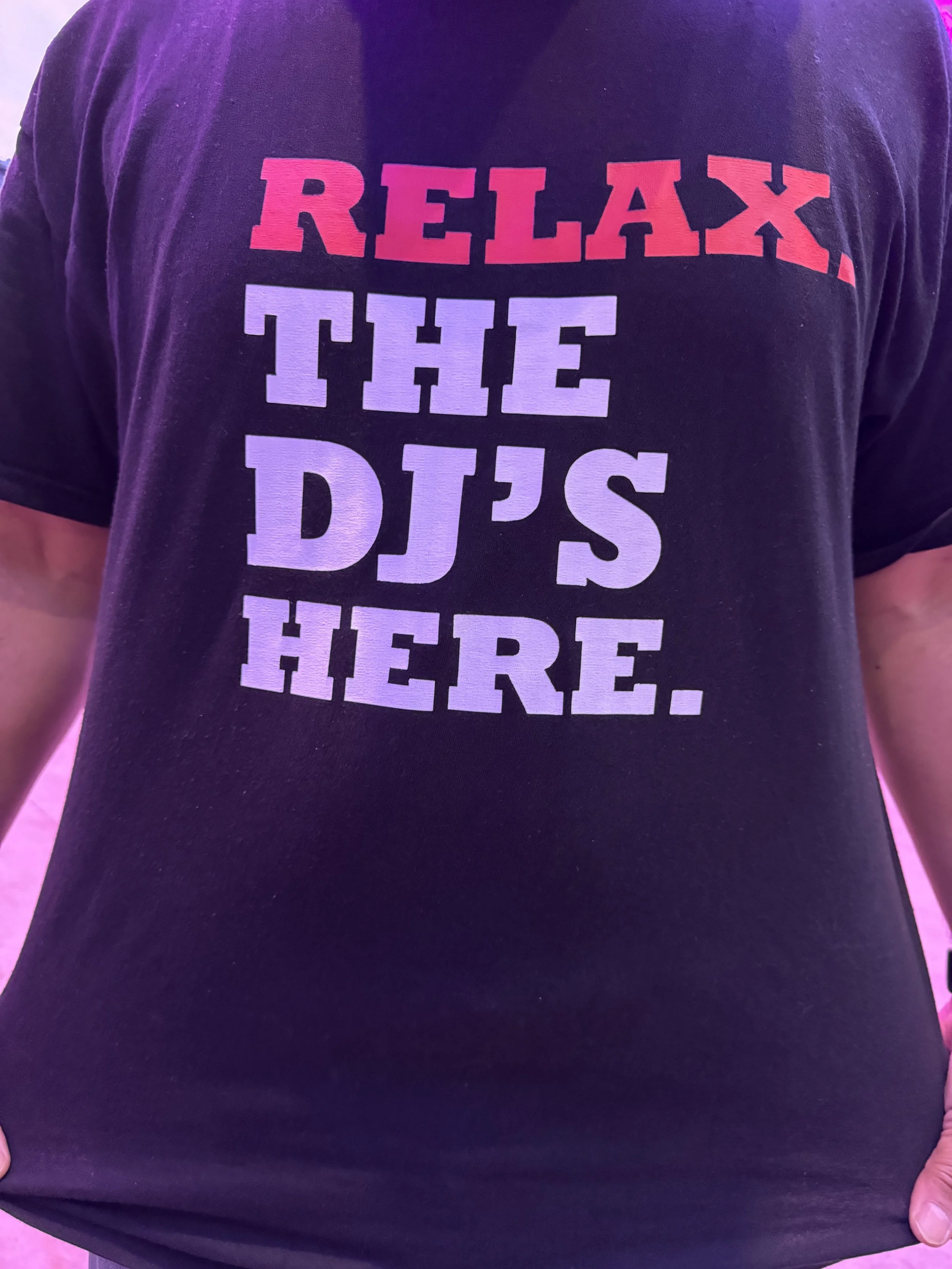1. OVERVIEW OF RHYTHM
I have been interested in rhythm since I was young, and have watched for years how people understand timing and translate that into keeping the beat while dancing or playing music. It is no accident that my dance company is named “DanceInTime.”
Regardless of what interest brings you to this page, know that practice of some kind is crucial for understanding the beat, or rhythmic pulse, of music. So if you want to dance or play music, and have difficulty recognizing the beat, attend a class and do your best. Your skills will grow over time.
If you go to a dance class, try to watch others and keep pace with them as you are executing moves. That can help train you in the tempo and rhythm of the music. And if you are a musician keeping pace with the other musicians as you play together can help guide you on timing if you don’t automatically feel the pulse of the music.
When dancers who have trouble finding the beat practice, their bodies gets accustomed to the typical range of beats per minute for the dance they do. That is, they develop muscle memory in the common range of tempos they dance to. For example, Salsa tends to be written at a tempo of roughly 200 beats per minute, give or take. Then even if someone’s timing isn’t perfect, they are acclimated to this timing, so they tend to gradually dance closer to the music’s beat. So sign up for a class and pay attention not only to your own steps, but to the pace of how others are moving.
In addition, if any readers are interested in more information can click here to read about Bernstein’s book Salsa Dancing and Rueda de Casino Guidebook. Another tool to help with timing is the Rhythm & Timing CD produced by Barb and colleague Michele Kearney. These two dance instructors voiced the quick and slow steps over music so students can practice with that guidance. All the tracks on that CD are on this website.
To read about issues in finding the beat, check these out:
Jessica Silver, a researcher at Georgetown University in DC has done some interesting work in this field. Readers can also google material written by “The Dancing Irishman” which has good suggestions for folks working on their timing, including how to find beat 1. Warning: His information is very good but know that he uses colorful language!
2. RHYTHM IN SALSA MUSIC AND DANCE
Salsa music is counted in 8 beat phrases. These 8 beats constitute two "musical measures" of 4 beats each. A clave is a simple but important percussion instrument---that is basically two sticks of wood that are hit together.
THE CLAVE
In the clave patterns below, the clave is struck on the beats that are bolded.
3-2 Clave Rhythm
(strike on 1, the and of 2, 4, 6, 7)
1 and 2 and 3 and 4 and 5 and 6 and 7 and 8 and
________________
2-3 Clave Rhythm (also called "Reverse Clave")
(strike on 2, 3, 5, the and of 6, 8)
1 and 2 and 3 and 4 and 5 and 6 and 7 and 8 and
Note the difference between the above two clave patterns. In the 3-2 clave rhythm, there are 3 clave hits in the first measure and two in the second measure. In the 2-3 clave rhythm it is the reverse. We just reverse the first and second measures to get from one clave rhythm to the other. The nature of the music determines which clave rhythm is most suitable. All other instruments have to be consistent or coordinated with the clave. The clave is (literally) the "key" or foundation of the Salsa rhythm.
There is a distinctive feel to each of the clave measures. The one in which 3 beats are struck creates a syncopation or tension. (The timing on these three notes is somewhat similar to the timing of playing three notes of even length in four beats of music---which is called "triplets" in American music. Triplets create rhythmic tension that is similar to the clave rhythm.) By contrast, the clave measure with 2 beats is less syncopated and resolves the tension. Interestingly, the two beats that provide the resolution tend to be louder and more emphatic-sounding by their nature
DRUM RHYTHMS
Note that the way a drummer hits each stroke is not identical. Drums can be hit in different spots, creating a rich and textured sound---something more interesting than just the even marking of beats.
(If you’re learning to play percussion, you can noodle around this website and learn a lot about drums: drumhelper.com/guides/recording-drums)
THE DANCERS
Salsa/Mambo dancing is done by taking three steps during four beats of music. The steps are most often taken on beats one, two, three, five, six, and seven, or on beats two, three, four, six, seven, and eight. Sometimes the timing is described as follows: "quick, quick, slow, quick, quick, slow" with the "quick" step representing one beat and the "slow" step representing two beats.
In an eight beat phrase, dancers generally change direction twice when doing the basic step. That is, they change from going forward to backwards and vice versa. This change of direction is referred to as the "break step."
If a dancer steps on one, two, three, five, six, and seven, and does the break steps on one and five, this is referred to as "dancing on one."
If the dancer steps on two, three, four, six, seven, and eight, while doing the break steps on two and six, then this is referred to as "dancing on two."
If the dancer steps on one, two, three, five, six, and seven while breaking on two and six, that is also a form of "dancing on two." Eddie Torres is credited with the idea of having people start on beat one while doing the break step on beat two. Many people find it easier to begin dancing on beat one. This clever maneuver preserves the dancer's ability to start on the first beat, while still putting the break step, which has special importance, on beat two. This is a far more common way to dance on two than stepping on beats two, three four, six, seven and eight.
Because the break step is when the dancer changes direction, it is the body movement that is the "strongest" or most emphasized. In a sense, you might call that the dancer's accent. When this accent comes on the downbeat (one and five), the feeling is very different from having that "body accent" occur on two and six. Accenting the two and six creates a greater feeling of rhythmic tension and syncopation. Hence some people say that dancing "on one" is dancing "to the music" while dancing "on two" is dancing "in the music." Mike Bello describes dancing on two as dancing "in the fabric of the music."
Edie, the Salsa Freak, (a famous Salsa dancer) had some interesting things to say about "on one" and "on two" dancing. She said that what is important is dancing to the music by responding to the hits and breaks in a song, rather than whether the dance is structured "on one or two." In her opinion, the best and most musically rich experience is to respond to the accents of a particular piece of music by altering where your break steps are to match those accents. Then afterward you can resume whichever pattern ("on one or two") you were doing for the bulk of the dance. In short, she felt that flexibility in responding to the music is more important than being wedded to a particular style or break pattern.
The fact is that it is perfectly fine to dance on one or on two. It is up to what the dancer prefers. In both cases, the dancer is stepping on three of the five clave strokes. What is essential for a Salsa dancer is to keep the tempo of the music by consistently taking three steps in four beats of music---whether dancing on one or on two. This is really the most fundamental and important dimension of rhythm and timing as it applies to dance.
Note that as a tool to help people practice their timing, the Rhythm and Timing CD that Barb produced is now on this website. It has two dance instructors voicing the quick and slow steps over music. This enables people to practice with guidance which is also helpful. For questions on this topic, contact Barb@DanceInTime.com.
In closing, I want to add some important points. A key skill for dancers is to find beat 1 in the music, as they generally start dancing on that beat. Some dance instructors suggest that you can find beat 1 by listening for a certain instrument that typically plays on that beat. The method of following a particular instrument is tricky because no instrument is always played the same way in all pieces of music. Learning to feel the pulse or rhythm of the music and see which beat is the heaviest is less mechanical and more intuitive; it’s more reliable in the long run if it can be mastered.
There is more on the role of timing and different timing issues in the book “Salsa Dancing & Rueda de Casino Guidebook” for those who want to read further. See Salsacasinorueda.com.


